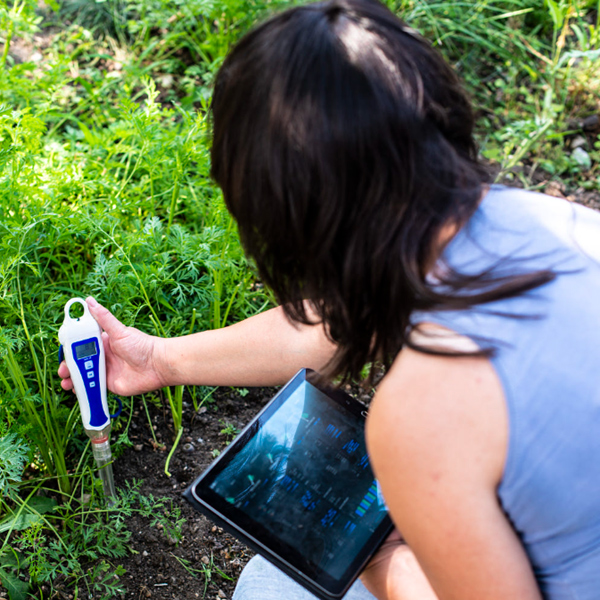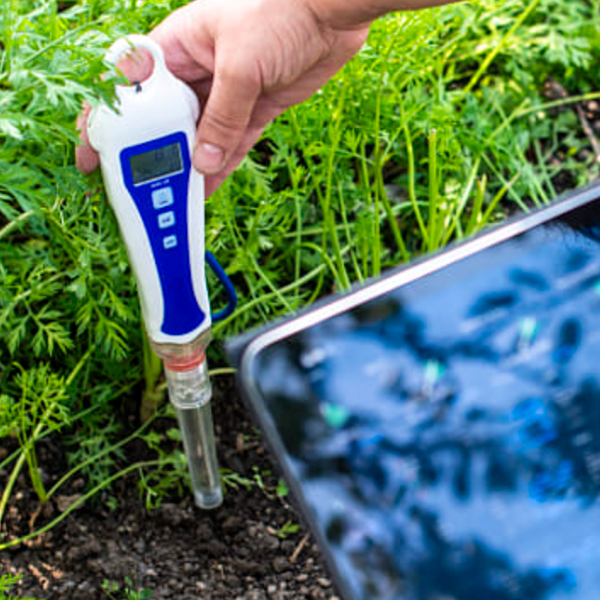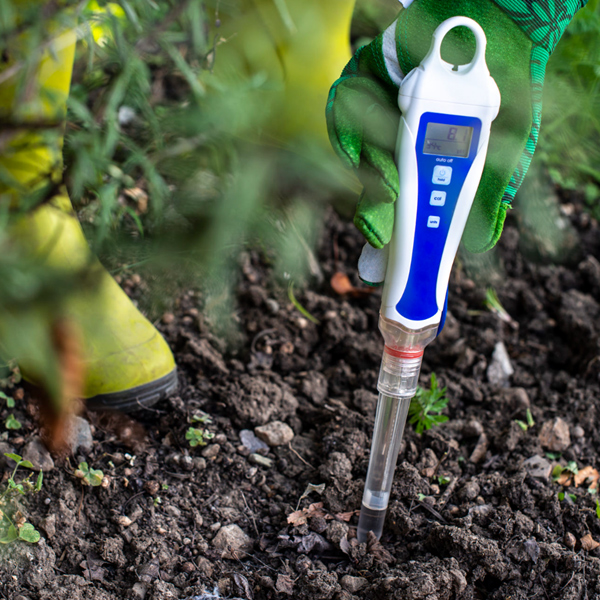How to adjust soil pH to grow the best crops
The pH value of the soil is the most important step in crop planting. Crops have the highest absorption and utilization rate of various nutrients only when the soil pH value is around 6.5, which is most beneficial to the growth and development of crops. Generally, fertile soil pH value All between 6-7.
Too low or too high pH can affect nutrient absorption
If it is too acidic, it is easy to cause soil compaction and trace element poisoning, and it will also destroy the living environment of soil microorganisms, reduce beneficial bacteria, accelerate nutrient loss, and make soil lose its cultivation value.
Most vegetables can be grown in neutral or slightly acidic (pH 5-6.8) soils:
Strong acid resistance (ph5.0-5.5) watermelon, sweet potato, taro, potato;
Strong acid resistance (ph5.5-6.0) tomato, eggplant, carrot, radish, pumpkin, cucumber;
Weak acid resistance (ph6.0-6.5) Chinese cabbage, cabbage, lettuce, leek;
Weak acid resistance (ph6.5-7.0) beans, onions, green onions, spinach, cauliflower;
Weak alkali resistance (ph7.0-7.5) eggplant, cabbage, celery.
Causes of soil acidification:
1. Neglecting the use of organic fertilizers will reduce soil organic matter and buffer capacity, resulting in acidification.
2, partial application of nitrogen and phosphorus fertilizers, ignoring the application of basic elements and trace elements such as calcium and magnesium.
3. Blind fertilization will cause acid ion residues.
Harm of soil acidification:
1. The efficiency of nutrients such as phosphorus, potassium, calcium, magnesium and molybdenum absorbed by crops becomes low, which is easy to cause nutrient loss or waste.
2. The soil cation exchange capacity becomes low, which can easily cause calcium and magnesium deficiency in crops and increase the probability of physiological diseases.
3. It is easy to cause soil compaction, resulting in less air and gap in the soil, which is not conducive to root growth.
Methods to adjust soil PH value (acidity and alkalinity):
1. Apply quicklime, slaked lime or calcium carbonate to adjust the soil pH, but it should be applied 1-3 months before sowing to avoid affecting the germination and growth of crops. The specific application rate is determined according to the soil pH.
2. If there are crops in the field, you can add physiological alkaline fertilizers such as 13-3-15-8 calcium-2 magnesium or 6-30-19-7 calcium to adjust the soil pH. Use alkaline elements such as calcium and magnesium to replace hydrogen ions, increase the pH value, and provide nutrients to crops.

Aminoacid Hydrolises

Organic Fertilizer

Aminoacid
Post time: Oct-22-2015



